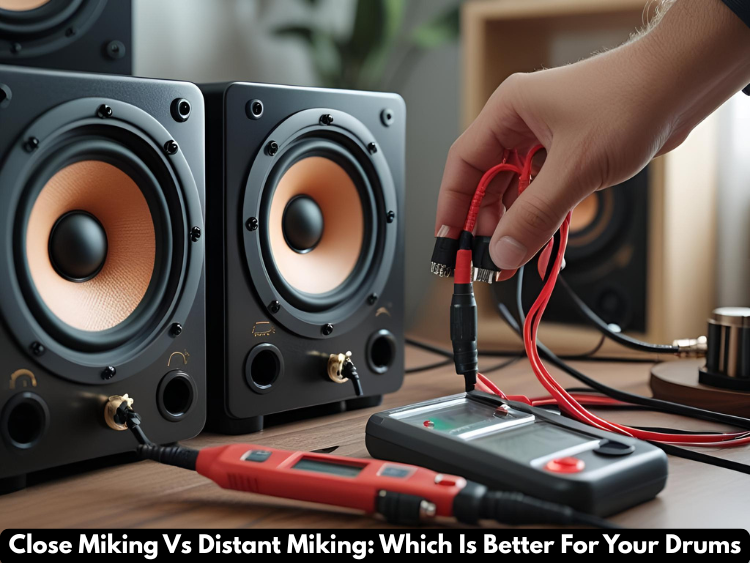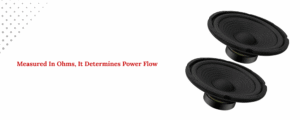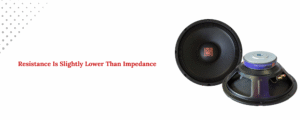To make a great home theater, improve the sound in your car, or start a do-it-yourself audio project, you need to know about speaker resistance and compatibility. If the impedance (or resistance) doesn’t match up, the sound might not be good, the amplifier might work too hard, or the equipment might get broken. This article will show you how to check the resistance of your speaker and make sure everything works right.
What is the Impedance of a Speaker?
Speaker impedance is how much of a barrier a speaker is to the flow of electricity from an amplifier. It changes how much power the speaker needs and how well the amplifier works. It is measured in ohms (Ω).
There are three main types of consumer-grade speakers:
- 4 ohms: This is a common voltage for car stereos.
- 6 ohms: Used in some home music setups.
- 8 ohms: The standard for a lot of home and business speakers.
Speakers with a lower resistance need more power, which can overtax an amplifier that isn’t made to handle them. Additionally, bigger resistance might not let enough power flow, which could lead to lower volume or disappointing performance.
Looking to upgrade? Check out our guide on 6.5 inch vs 6×9 car speakers.
Why Matching Impedance is Important
Before we start testing, let’s talk about why it’s important to match the impedance of your speakers to your amplifier:
- Safety Concerns for Amplifiers: Using an amplifier built for 8-ohm loads with a 4-ohm speaker can cause the amp to overheat or shut off.
- Sound Quality: If the resistance isn’t right, it can cause distortion or lower clarity.
- Power Efficiency: A system that is properly matched gives you the best power and loudness without putting too much stress on the parts.
Also consider the role of sensitivity in speaker performance. See High Sensitivity vs Low Sensitivity Speakers.
How to Find the Impedance of a Speaker
1. Look at the Manufacturer’s Instructions
A speaker’s sticker or document is the best place to find out its resistance. Most speakers have the resistance written on the magnet or back panel. When you measure something, you get an accurate number. This is the standard resistance, which is an average value.
But if you can’t find this information, you can measure it yourself.
2. Make Use of a Digital Multimeter
A voltmeter can give you a good idea of the impedance, but it won’t show the whole thing because it only measures DC resistance.
Steps:
- Turn off the speaker and unplug it from any sound or amplifier.
- Choose the Ohms (Ω) setting on your digital voltmeter.
- Connect the red probe to the speaker’s positive terminal and the black probe to the speaker’s negative terminal.
Most of the time, the resistance number will be a little lower than the standard impedance.
Estimated Nominal Impedance Based on Multimeter Reading
| Multimeter Reading (Ω) | Estimated Nominal Impedance |
| 3.2 to 3.8 | 4 ohms |
| 5.2 to 6.0 | 6 ohms |
| 6.0 to 7.2 | 8 ohms |
If you notice that impedance changes with frequency, DC resistance is about 80% to 90% of the real impedance.
Need better output from your car audio? Read our Top 5 Car Replacement Speakers for 2025.
Last Thoughts
It’s not hard to test speaker resistance, but it’s an important part of making a safe and effective sound system. Always check the speaker voltage and amplifier compatibility to protect your gear and enjoy clear, powerful sound, no matter if you’re using an old radio or a brand-new surround sound receiver.



